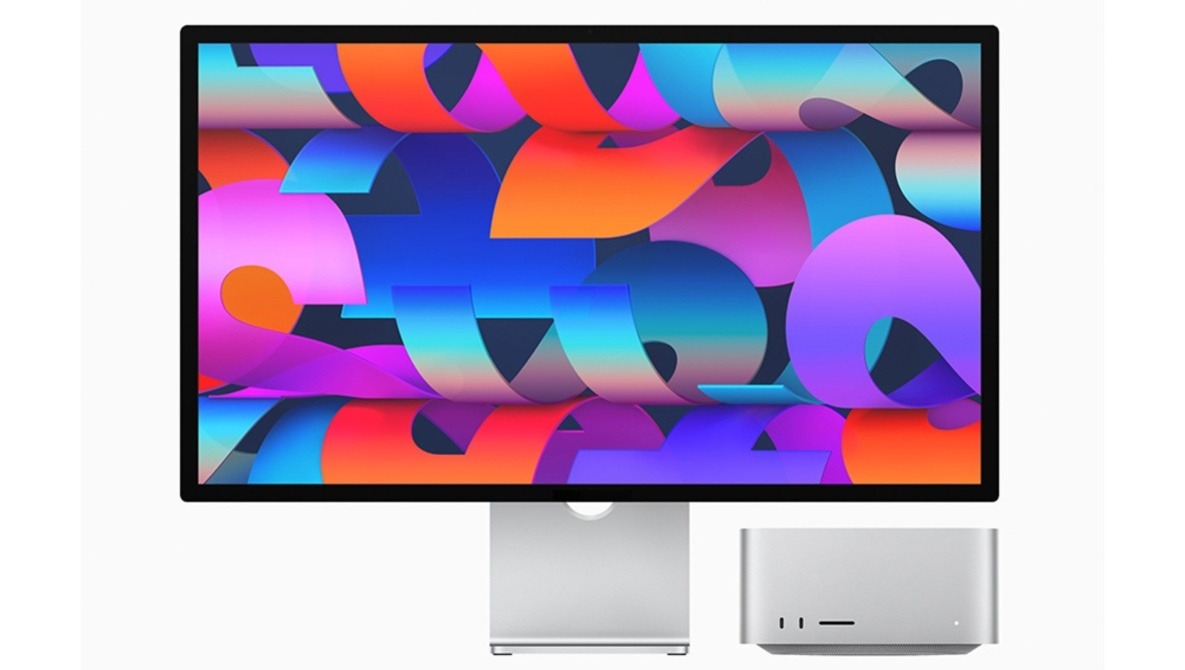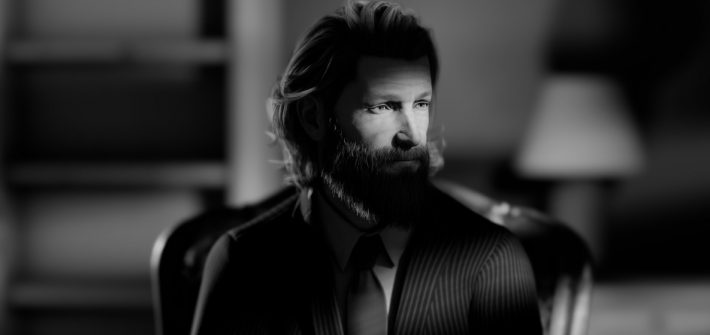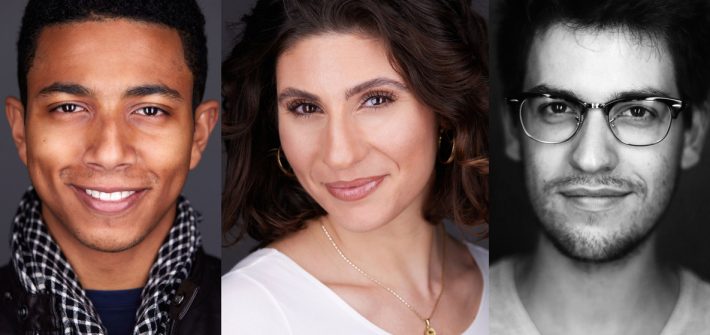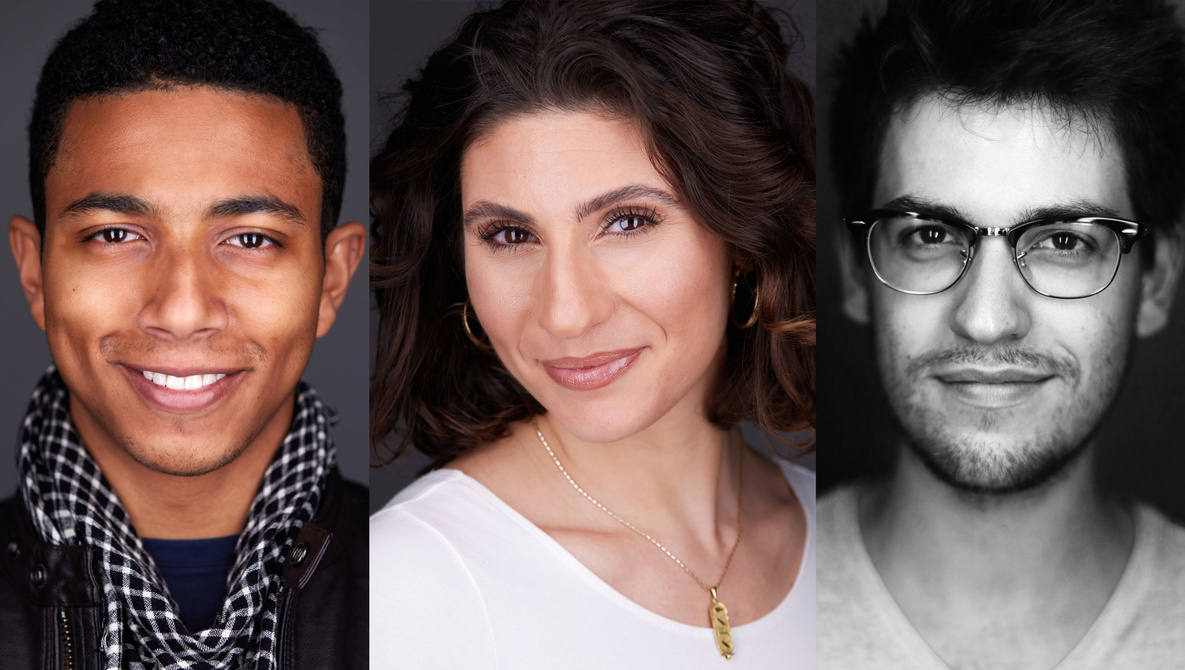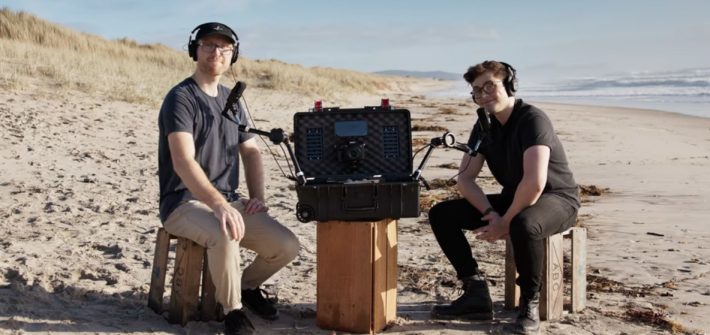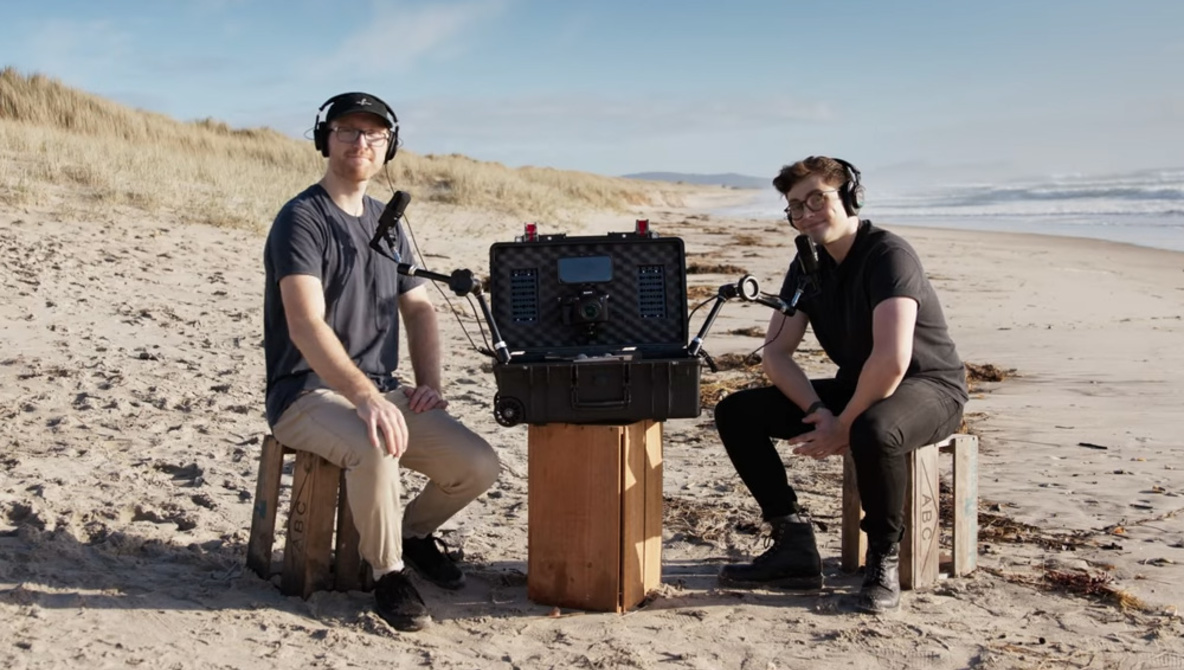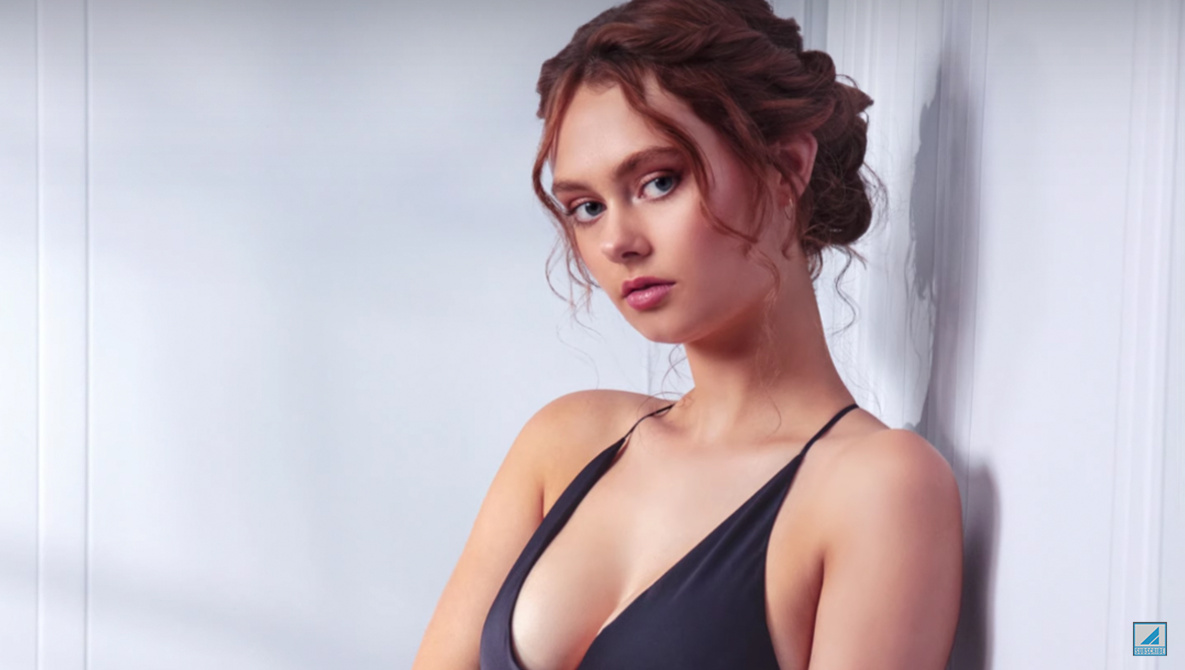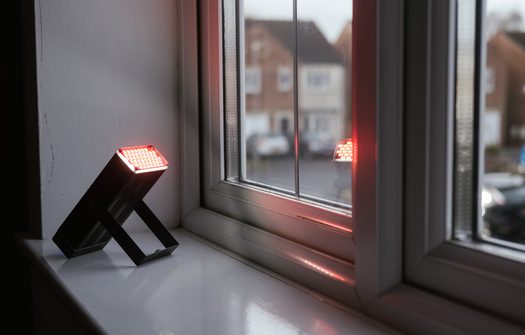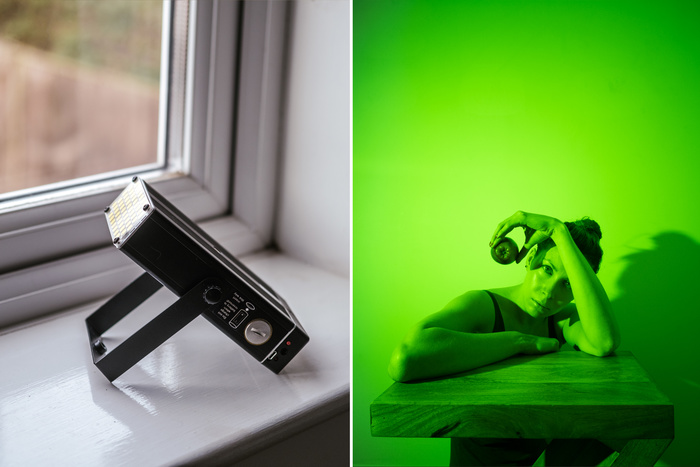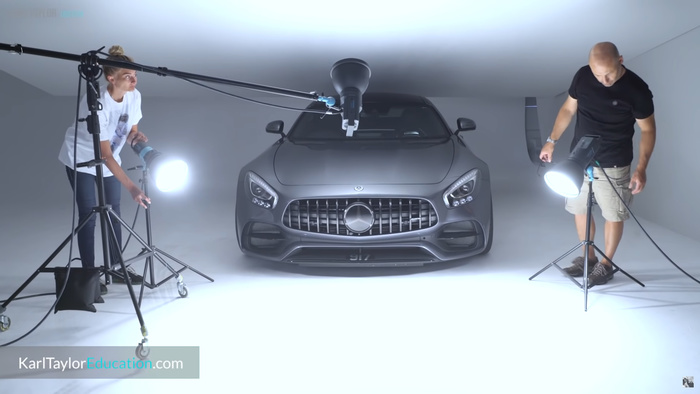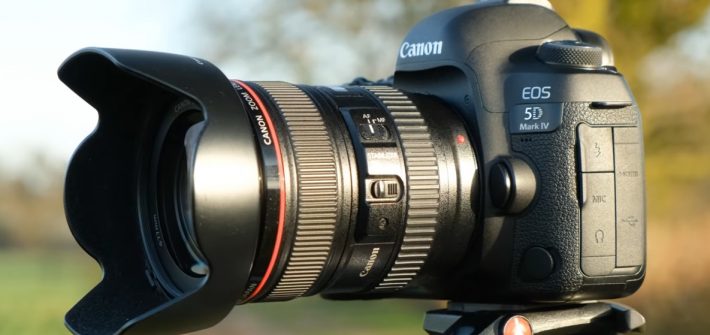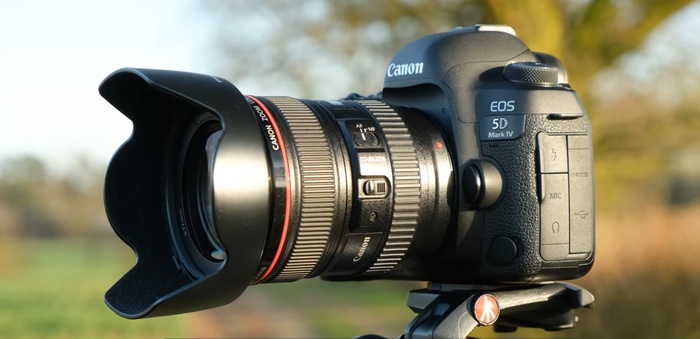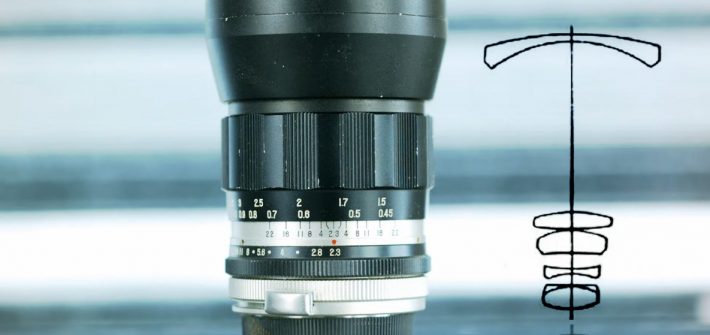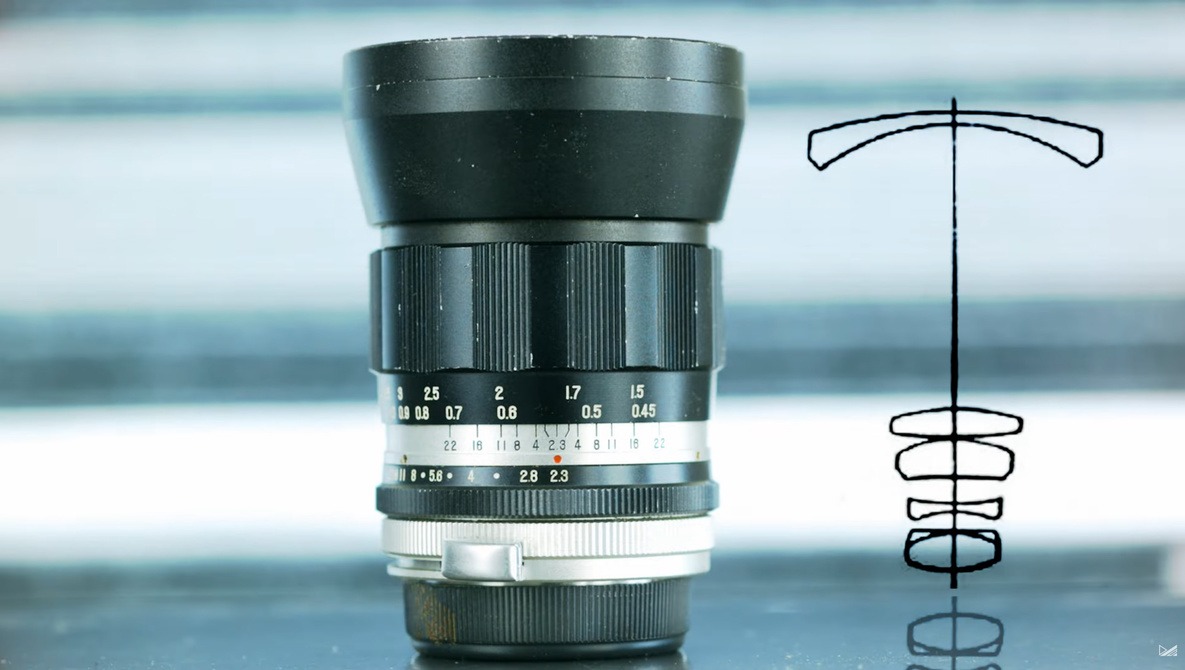Apple’s new Mac Studio has created an entirely new class of desktop computers for the company, offering some insanely powerful capabilities that should be able to tackle anything even the most demanding photographers and filmmakers can throw at them, all at a price that starts significantly below the Mac Pro line, making it an impressive value. In this review, we take a look at the new computer and just how much power it houses.
Studio
How to Create Window Light in Studio
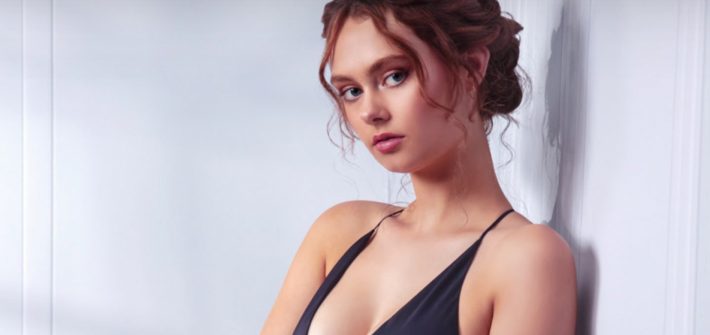
It might seem strange to want to mimic natural window light in studio, but the beauty of having a controlled space is that you can create that light however you want, whenever you want. If you would like to make yourself a more versatile lighting pro, check out this great video tutorial that will show you how to create the look of natural window light in a studio.
We Review the V-Flat Karl Taylor Light Cone

When V-Flat released the new Karl Taylor Light Cone, the comments ranged from dismissive jokes about “the cone of shame” to excitement for a product designed by esteemed commercial photographer Karl Taylor. I decided to take the cones into my product studio and see for myself if this simple tool really delivered the effortless results it boasted.

